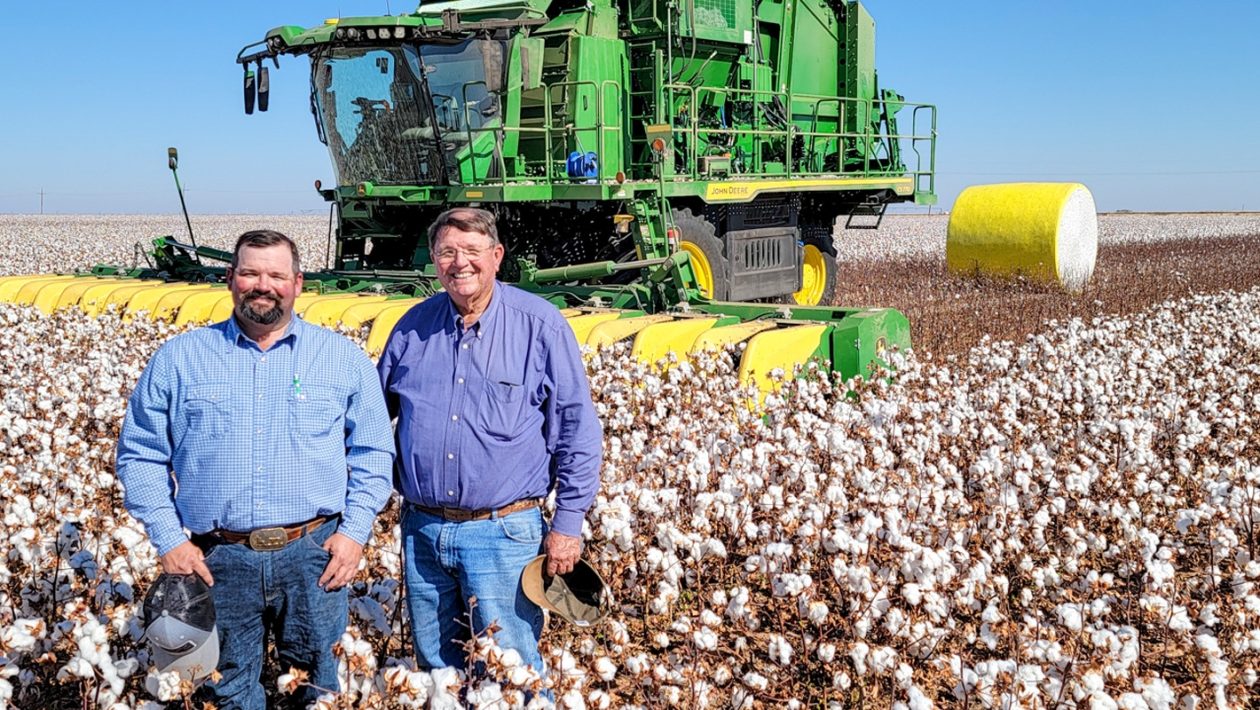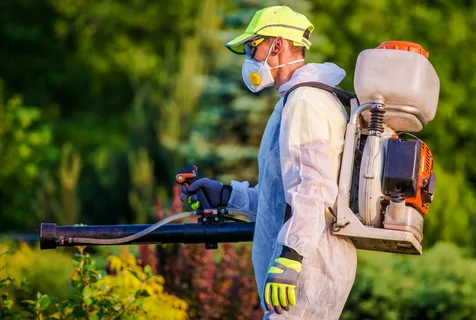Cotton is a delicate crop and must be harvested on time to avoid damage from rain. This is why it is important for farmers to take precautions to protect their crops and the people harvesting them.
One of the biggest hazards during cotton harvesting is fire. This can be due to a number of reasons, including weather conditions and equipment.
Weather Conditions
Weather conditions can have a significant impact on fire risks during cotton harvesting. Dry and hot weather can accelerate fires, while wet and cool weather can slow them down. The following factors can influence fire behavior: low relative humidity, strong surface wind, unstable air, and drought.
A study conducted by scientists at the University of Kentucky found that seed cotton moisture was generally higher than expected in areas with heavy rain and early morning dew. This can cause seed cotton to become very wet at picker operations and reduce picking efficiency.
A relative humidity chart is shown below for a typical late-September fall day in a Rain-Belt region. The chart shows how the moisture content of the seed cotton can change with relative humidity, daylight savings time, and the length of the harvest season.
Understanding that these relative humidity patterns can vary significantly depending on the specific location is important. They are not always a good indicator of upcoming harvest days, but they can help growers plan for the optimal times to operate their pickers.
If a dry or hot weather event occurs, it is critical to keep all equipment, including the cab of the harvester, well-drained. If the cab becomes saturated, it can lead to overheating and other problems.
During the harvest process, it is also a good idea to always carry two dry chemical ABC fire extinguishers with you. Make sure these are fully charged and check them frequently.
The risk of fires can be greatly reduced if the area to be harvested is kept tidy and clean throughout the day. In addition, waste and combustibles should be carefully swept up and cleared away from the fields at the end of each working day.
It is best to avoid operating the picker if the relative humidity is above 70%, as this can increase the moisture in the lint and decrease the quality of the cotton. It is also essential to operate the picker only when all free moisture from dew or rain has evaporated, and the seed cotton has cooled to 12% or less.
Defoliation
Defoliation is an important part of cotton harvesting that can enhance yield potential and avoid profit losses. It is a necessary step in preparing the plant for harvest and can be accomplished with a variety of methods.
It can be done by hand, with a picker, or through the use of a sprayer or air gun. The application of a defoliant chemical to the leaves and stems of the cotton plant flower causes the leaves and the petiole to separate from the stem. This removes the leaves and prevents the cotton plant from continuing to grow.
Several types of chemicals can be used for defoliation, and they may be applied at different rates depending on the weather and the cotton crop conditions. All of these products work well when used in accordance with their labels.
For defoliants to be effective, the plant and weather conditions must be favorable for the chemical to be absorbed. A high level of humidity is needed to allow the defoliant to remain on the leaf in a liquid state for a longer time. This permits the chemical to move up and down the leaf more easily, helping it to penetrate the leaf.
A variety of chemicals are available for cotton defoliation, including boll openers, regrowth inhibitors, and desiccants. Choosing the appropriate product and rate for your situation is critical to maximizing production and yield.
It is also important to determine the maturity of the cotton plant before deciding on the best defoliation strategy for your crop. Bolls are generally considered mature when they are difficult to cut in cross-section with a knife, fibers string out when cut, and seeds have begun forming a brown or black seed coat.
This is a critical point to remember since many cotton farmers are still waiting for their late-planted cotton to mature and be ready for harvest. Defoliation can disrupt fiber development and increase yield loss if defoliation occurs too early.
Percent open boll is the most commonly used method for determining optimum defoliation timing. This works in most situations but can have limitations when a large fruiting “gap” (no bolls present at fruiting sites) or a high percentage of immature bolls are present in the crop. In these cases, optimum defoliation timing may occur later than 60 percent open.
Harvesting Equipment
The harvesting equipment that farmers use to pick cotton can directly impact the fire risks in the field. Mechanical cotton harvesters are available in two main types, strippers and pickers, each of which removes open bolls while leaving the plants intact.
Stripper-type harvesters remove the entire plant from open bolls by stripping leaves and stems. The harvested cotton is then sent to a cotton gin, which separates the fiber from the seed. The gin processes and prepares the fiber before it is shipped to a textile mill or purification manufacturer.
Using cotton strippers can reduce the fiber quality of cotton bolls, which will result in lower lint loan values and net returns for farmers. They also increase the cost of producing cotton, as it requires a larger crop to justify the investment in one machine.
Picker-type harvesters, on the other hand, remove the cotton from open bolls by dragging the bur out of the locule. They are a good option when repeated cotton harvesting is needed.
When a combine is being used to harvest cotton, fire safety precautions should be taken in the operator cab and the engine compartment. The operator should wear protective clothing and close-fitting gloves and keep the area clear of sparks and other hot objects.
It is important to note that it is possible to cause a fire from fuel spills in the engine compartment. Wipe off any spilled fuel and allow it to cool before starting the engine.
If a combine or other type of machinery does start a fire, it can spread quickly and become difficult to extinguish. Always carry two fire extinguishers, one in the cab and another that can be accessible from the ground.
In addition, fires may start when tractors or other machinery overturn on steep slopes. When harvesting fields with slopes, it is important to space tractor wheels as far apart as possible. This can help prevent overturns and ensure that the field is harvested safely. During the harvesting process, it is also important to check for any changes in the field that could affect equipment operation. This includes holes and ditch formation, as well as undercutting.
Fire Safety
Cotton is one of the most flammable materials on earth, and its fibers can catch fire quickly when exposed to heat. While it’s not possible to eliminate all risks from a fire, there are ways to reduce them and protect yourself and your equipment.
Flame-resistant clothing is a good way to avoid fire hazards when you’re harvesting cotton. Many companies offer a variety of flame-resistant options, and some have even developed their own fabric that resists burning.
In addition to flame-resistant clothing, you can reduce fire risk by following simple steps. These include removing flammable crop residues, maintaining and servicing your equipment, and having a fire extinguisher on hand in case of a field or machinery fire.
The type of fabric you choose for your clothes can also influence how easily they burn or melt when subjected to heat and flames. While some fabrics, such as cotton, are naturally flame-resistant, others need to be treated or blended with a flame-retardant.
Another factor to consider is the surface texture of the fabric. Fabrics with thick, tight weaves, such as wool, modacrylic, or 100 percent polyester, may burn more slowly than loose weave fabrics of the same material.
You can also increase your fire resistance by wearing flame-retardant-treated footwear. This will help prevent cotton and other combustible crop residues from becoming entangled in the shoes and causing a fire.
Inspect your picker and other harvesting equipment before each operation. Make sure that the engine and exhaust systems are clean of combustible crop residues and lint. A clean machine runs more efficiently and is less likely to catch fire.
Aside from the engine and exhaust, inspect all other parts of your harvesting equipment to ensure that they’re in good condition and free of lint or debris. Check to make sure all chains and belts are properly adjusted and that no loose items are slipping or jutting.
When a chain or belt chokes up, disengage all power and shut off the engine until it’s safe to remove the obstruction. Once the obstruction is removed, it should not re-choke up again, but if it does, you can still remove it by turning the doffer by hand.





